Cain's Segments: American Muscle Sales In America In 2014
2014 was the fifth consecutive year in which the Chevrolet Camaro outsold its two key rivals in the United States.
2015, however, could present far different results.
Leading up to the sixth-generation Mustang’s arrival, the Camaro led the Mustang by nearly 11,000 sales through the first ten months of 2014.
• Second-best year for fifth-gen Camaro
• Mustang was on a roll at the end of 2014
• Challenger growth continues in sixth consecutive year
But Ford sold 8728 Mustangs in America in November, a 62% year-over-year improvement, basically double the number of Camaros sold that month.
By the end of December – when Mustang sales shot up 66% to 9511 units – the gap was closed to 3662 units. That was nearly on par with 2013, when the Camaro ended the year 3381 sales ahead.
While much of the Mustang’s late-2014 success can be attributed to the hyped MY2015 car’s arrival, these big numbers did appear at the onset of winter. Prime Mustang buying season typically revolves around the months of May and June. In 2012, for instance, the last time Ford sold more than 80,000 Mustangs in America, one-quarter of the nameplate’s total year-end sales occurred during May and June.
In other words, we may not grasp the car’s full potential for marketplace success in its home market until the end of 2015’s second quarter.
Subcompact20142013% ChangeChevrolet Camaro86,297 80,5677.1%Dodge Challenger51,61151,4620.3%Ford Mustang82,63577,1867.1%————Total220,543209,2155.4%Meanwhile, sales of the fifth-generation Camaro climbed to the second-highest level yet: up 7% compared with 2013, down just 2% from the 2011 high-water mark. Sales of the Dodge Challenger increased for a sixth consecutive year. Admittedly, the gains were marginal. But Challenger volume was down 10% through the end of September before monthly year-over-year gains of 27%, 51%, and 72% closed out the year.
The Challenger and Mustang weren’t the only cars to power the category to a massive December, either. The Camaro, though only second in the segment at the end of the year, shot up 32% in December, indicating that if the newer Mustang and Challenger stole any sales from the Chevy, GM managed to find many more elsewhere. The trio jumped 55% to 21,077 units in December, equal to 3.1% of the overall passenger car market.
Timothy Cain is the founder of GoodCarBadCar.net, which obsesses over the free and frequent publication of U.S. and Canadian auto sales figures.
More by Timothy Cain
Latest Car Reviews
Read moreLatest Product Reviews
Read moreRecent Comments
- Lou_BC This is less harmful to one's re-election chances than harder driver's licence exams and making people re-test.
- 28-Cars-Later Probably should investigate the buyers too, maybe a basic psych eval?
- 28-Cars-Later "Despite nobody really digging the moniker, Honda has told Autocar that it only plans on changing the name of the model in China (as part of a more comprehensive facelift) because that’s where they’re having the most trouble and anticipated the largest sales volumes.""Customers in China just can’t pronounce it,” explained the source."So the Chinese are class A customers but frack the rest of y'all we don't care what you think or can understand?
- ToolGuy Is a Tesla store the same as a Tesla gallery? 16955 Chesterfield Airport Road is a gallery. 5711 S Lindbergh Blvd is a store. I wonder if anyone knows how far away those two locations are from each other. I wonder if Tesla's website shows vehicles in inventory. I wonder if there is a distance dropdown. So many questions.
- 28-Cars-Later Zerohedge reported something similar in Belgium with the reasoning being the Chinese are flooding Europe with EVs in the early innings of a trade war. For Tesla any guess is a good one but my money is on BEV saturation has been reached.



















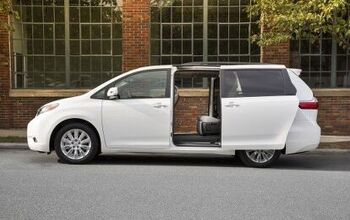
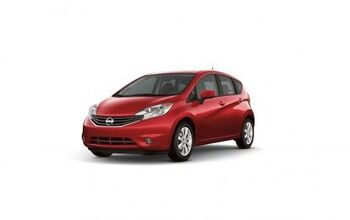
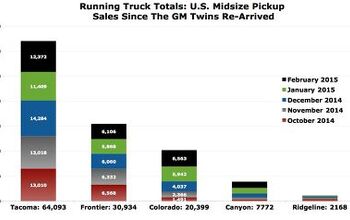



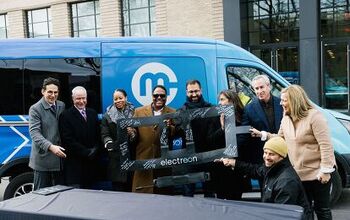
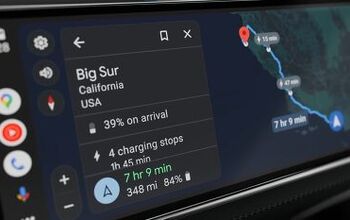
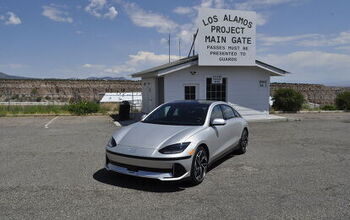


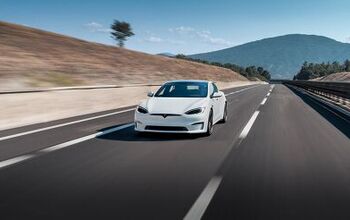


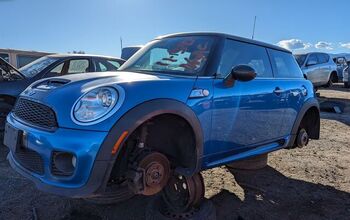
Comments
Join the conversation
Crazy that none of these cars are as large a sales success as the Mustang II! 1974: 385,993 1975: 188,586 1976: 187,567 1977: 153,117 1988: 192,410 People hate them with a passion, but I have a strange soft-spot for them. They were arguably the first "retro" mustangs, bringing the bloated 73's back down to the size of the original, bringing back the styling cues from the original (the separate open mouth grille and outset headlights, 7-shaped side scoops). I have a pet theory that the Mustang II was necessary to the Mustang's survival by adapting to the times - it remained accessible and attractive to a wide audience, not just the drag-strip crowd. The Fox-Body continued on this path, as a car for the everyman, while the Camaro remained philosophically an early 70's pony-car throughout the 80's, 90's and until its cancellation. The Mustang started as a car for the everyman and everywoman, the Camaro started as an answer that upped the ante. The Mustang has been everything from a reasonably efficient commuter car to a fire-breathing, tire-shredding dragon, often in the same model year.
The original Mustang was also based upon Ford's cheapest economy car. Using the Pinto is no different than using the Falcon before it. It improved the Mustang, bringing back a compact, light car, and brought it rack & pinion steering and improved suspension. More importantly, it shifted it's target for competition from the Pony-car corpses littering the junkyards (Javelin, Barracuda, Challenger, AMX) to the new breed of compact sports cars and 2+2s hitting the streets (Z-car, for example, or Celica GT) The distaste seems to be as much a distaste for the era it represents (styling that didn't age well and gutless engines) and the association with the Pinto than the car itself. FOr what it's worth, the Camaro's V8's in 1975 were either 145 or 155 hp, depending on the trim. The Mustang II's was 140. It's hard to berate the car for anything other than the failures of its entire era.